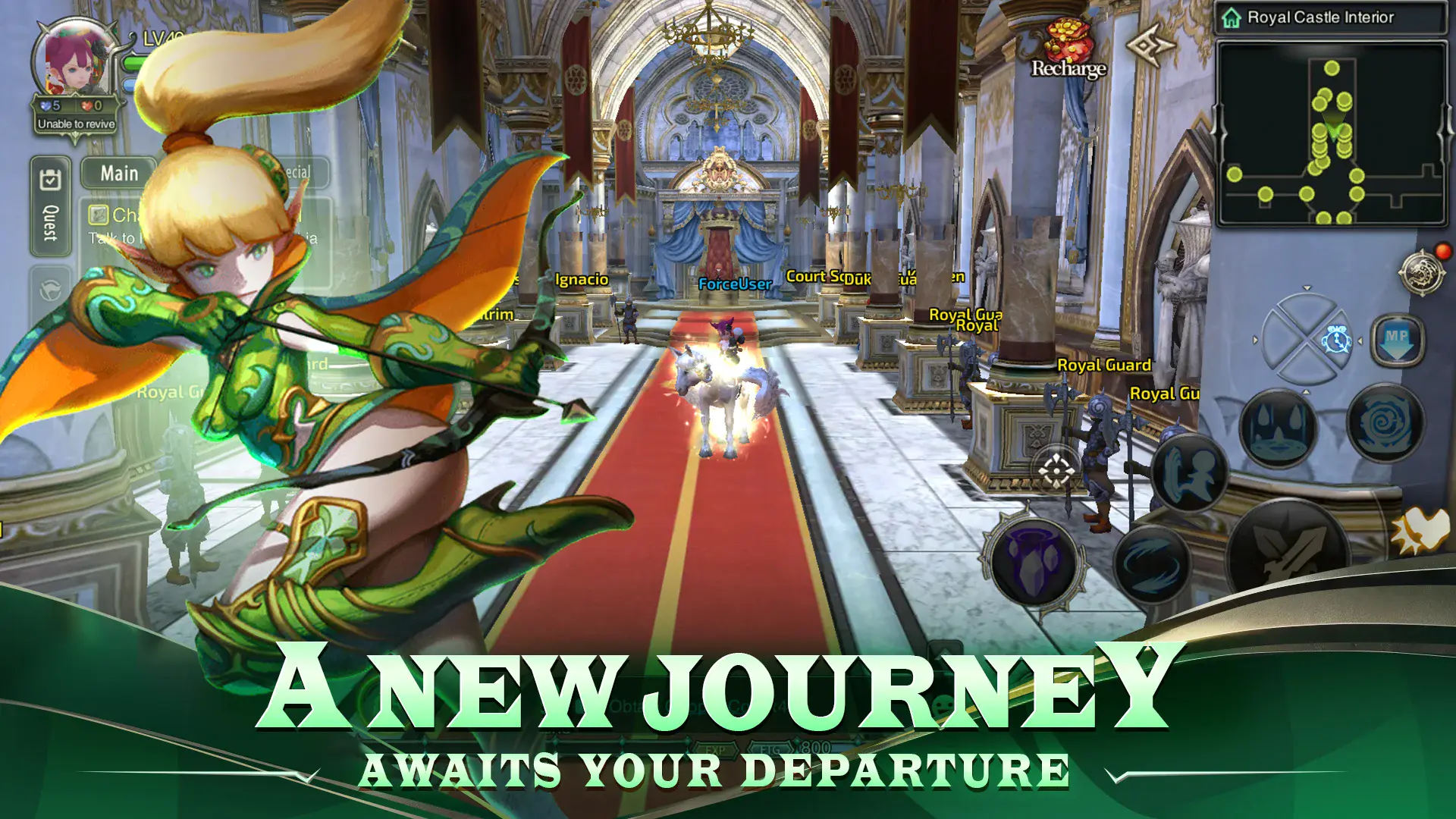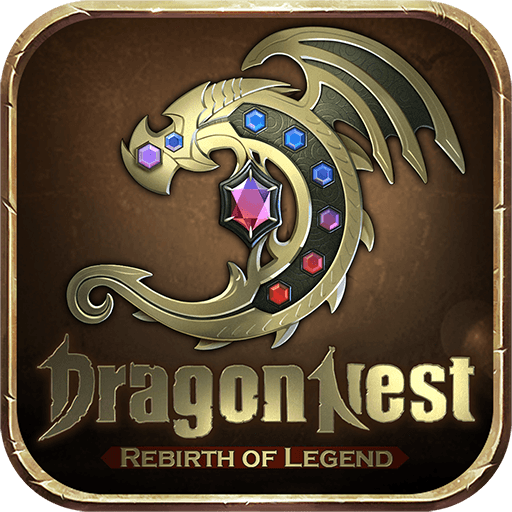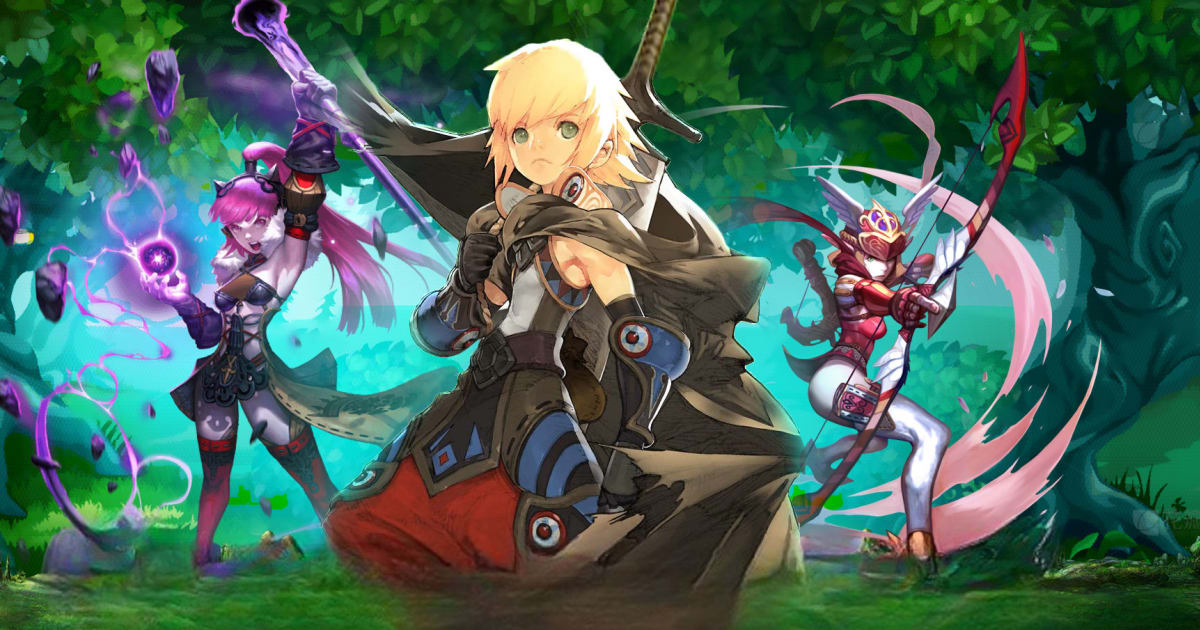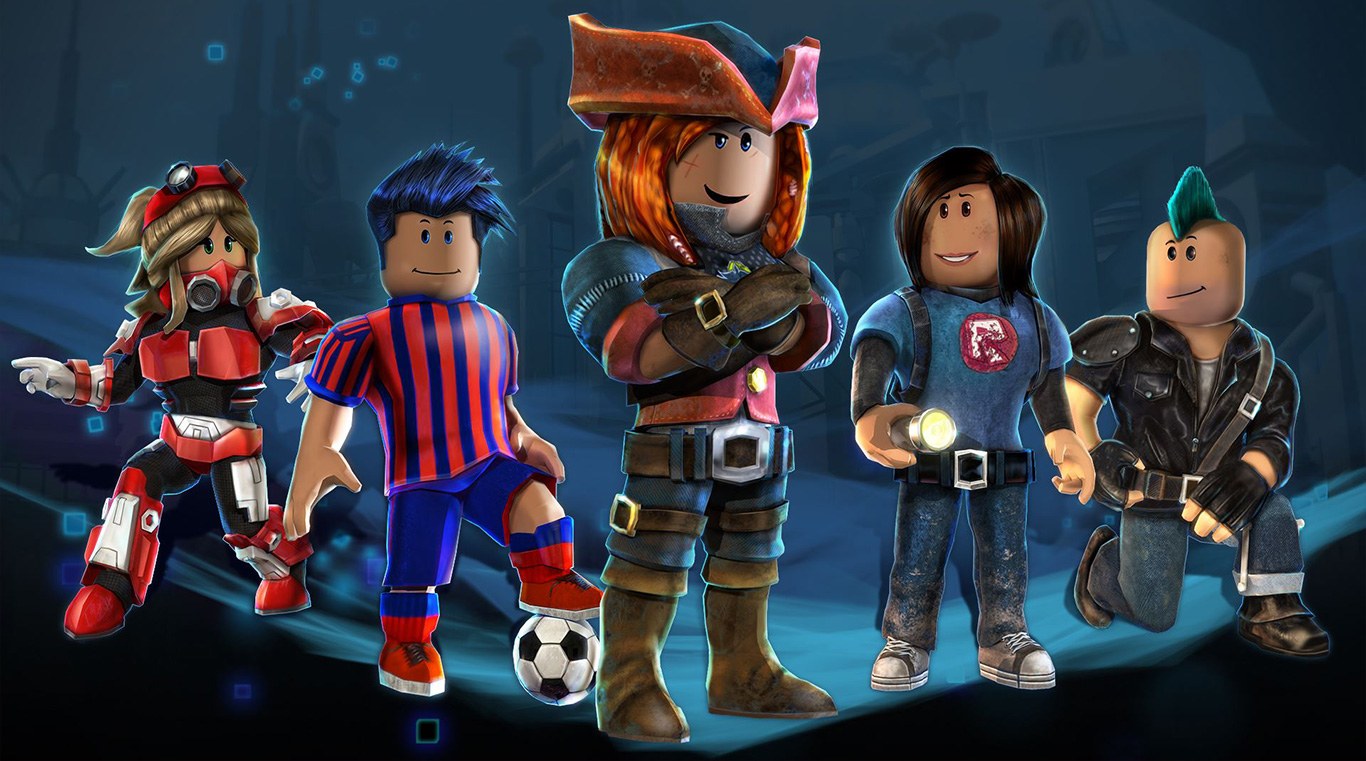Dragon Nest: Rebirth of Legend – Best Tips and Tricks to Level Up Faster and Progress Smarter

If you’ve already started your journey in Dragon Nest: Rebirth of Legend, then you know how quickly this RPG ramps up. Leveling is fast in the beginning, but keeping that momentum going requires a bit of strategy. It’s not just about spamming dungeons or burning through stamina. You’ll need to make smart choices about how and when to use your resources, which content to prioritize, and how to handle gear.
In this guide, we’re skipping the beginner basics and going straight into practical tips. Whether you’re a free-to-play grinder or planning to spend a little, these tricks are here to help you push your power level faster and more efficiently. Let’s get started.
Pick the Class That Fits Your Style
Before anything else, your choice of class will shape how you experience the game. Think of it like picking your role in a team sport—are you the frontline defender, the sharpshooter, the playmaker, or the strategist behind the scenes? Each class in Dragon Nest: Rebirth of Legend plays differently, and your play style should match your class.
Here’s a quick look at what each one offers:
- Warrior: A durable melee fighter who’s built to take hits and deal steady damage. Great for players who like to stay in the action and don’t mind getting hit.
- Archer: A nimble ranged attacker who relies on mobility and precise damage. Ideal for players who prefer to kite enemies and dodge rather than tank.
- Mage: A high-damage spellcaster with wide-area skills and flashy effects. Perfect for players who like glass-cannon roles—huge damage, but low defense.
- Priest: A support-heavy class that heals and buffs allies. Best for players who enjoy playing the long game and keeping teammates alive during tough fights.

If you’re new and want a smoother start, the Warrior or Archer is the way to go. They’re more forgiving and allow you to learn the game’s mechanics without being too fragile. On the other hand, Mages and Priests take a bit more finesse but can be incredibly powerful once mastered. Think of Warrior and Archer as automatic cars—easy to drive and get the job done. Mage and Priest are more like manual sports cars—faster, but only if you know what you’re doing.
For more information, make sure to read our Dragon Nest: Rebirth of Legend class tier list to learn how each of these classes measure up to each other.
Main Quests First, Always
Early on, your focus should be crystal clear: finish as many main quests as possible. These quests carry you through the core game systems while handing out massive XP and key unlocks like mounts, PvP access, and major dungeons. Only shift your focus to side content when the main quest progression halts due to a level gap. Until then, it’s your fastest and most efficient path forward.

Use Stamina Wisely
Stamina management is what separates average players from optimized ones. Instead of spreading your stamina across every activity, concentrate it where it matters most—high-level dungeons. The goal is to clear the toughest stage you can run consistently and quickly. This gives you the best XP-to-stamina ratio.
Battle Pass levels at 13, 23, and 32 reward stamina potions, so make these your early progression goals. And if you’re close to leveling up, pop a stamina potion just before you do—it lets you squeeze out more dungeon runs before reset.
Master Your Combos
Dragon Nest’s combat isn’t just flashy—it’s technical. Each class has a distinct combo rhythm, and getting this right makes a huge difference, especially in PvP. Whether you’re a Warrior chaining knockdowns or a Mage stacking AoE bursts, mastering how your skills flow together is key.
Spend time experimenting in PvE with different skill orders. Look for quick activations, skills that cancel animations, or ones that naturally link together. Once you’ve found a rotation that works, carry it into the Ladder Arena and refine it under pressure.

Don’t Waste Resources on Early Mounts
It might be tempting to grab a mount right away, but resist the urge. The game gives you a 15-day free mount early on, which is more than enough to carry you through the first stages of gameplay. Use that time to decide if you want to invest in a permanent one later.
Instead of spending premium currency too early, focus on collecting mount upgrade materials through guild donations. These add long-term value and unlock better mobility and defense bonuses.
Guilds Aren’t Optional
If you’re serious about progressing, get into a guild as soon as possible. Not only do guilds unlock passive stat bonuses and special shop items, they’re also one of the only ways to consistently earn mount gear without paying.
Daily donations contribute to both your guild’s development and your own progression. Over time, these small investments add up—especially when your guild leader upgrades member capacity and perks.

Don’t Break Your Set Bonus Too Soon
Gear sets come with strong effects, but they only activate once you have enough pieces equipped. If you’re wearing a full Manticore set, don’t replace just one item with a Cerberus piece unless you’re ready to make a bigger transition. Ideally, wait until you can equip at least three pieces from a new set before switching.
This keeps your set bonuses active while letting you slowly phase into higher-tier gear. One high-stat item isn’t worth losing a powerful bonus that affects your entire kit.
Use Enhancement Transfers to Save Mats
Enhancing gear costs materials, and early on, every resource matters. Instead of waiting forever to upgrade high-end items, enhance your current gear up to level 23. When better gear drops, you can transfer the enhancement using a special potion.
This system is incredibly efficient—it prevents wasted upgrades and lets you stay strong during the midgame without overcommitting resources to temporary gear.
Break Down, Don’t Throw Out
Your old gear isn’t useless. Visit the disassembler and break it down instead of selling it. The materials you get—especially dark crystals and enhancement cores—are used for Heraldry, which directly boosts stats like attack power, HP, and critical rate.
You can also collect Heraldry with rare second stats and sell them on the in-game market. Items with final damage, M-attack, or crit are highly sought-after and can net a solid profit.
Climb the Ladder for Free Gear
PvP can be intimidating, but the Ladder Arena is more balanced than you’d expect. Even if your gear isn’t maxed out, good movement and clean combos can win fights. And every win gets you Arena Points.
These points are used in the Arena shop to buy powerful equipment like Minat and Cerberus sets. Just a few matches a day add up quickly, and over time, you’ll be able to gear up without relying on dungeon RNG or premium currency.
Build Accessory Sets and Roll Carefully
Accessories are more than just stat sticks—they offer powerful set bonuses when you combine three pieces of the same quality. Once you’ve built a set, check the stat rolls. If you get the wrong type (like physical stats on a magic class), you can use a converter to swap them.
Don’t rush this part. Focus on Tier 2 accessories, where the stat gains are more meaningful. And if you don’t like your roll, hold off on upgrading until you can make a proper set.
Log In Daily, No Exceptions
The game rewards consistency. Logging in every day lets you collect free rewards from the Benefits tab, including XP boosts, coins, and gear chests. Some of these items have expiration timers, so make sure to grab them before they disappear.
There are also level milestone chests waiting for you at specific benchmarks. These unlock powerful loot just for leveling, so don’t leave them sitting in your inbox.
Play Better with BlueStacks
If you’re on mobile and feeling clunky during combos or PvP, there’s a fix. Playing Dragon Nest: Rebirth of Legend on PC with BlueStacks lets you use keyboard shortcuts, enjoy smoother frame rates, and control your character with more precision. It’s especially helpful in dungeons, where quick reactions and perfect skill timing can make or break a run.
You can also easily record matches, farm with better stability, and use multi-instance tools to manage alt accounts or guild coordination. For serious players, BlueStacks is a must.














